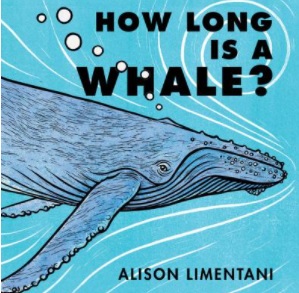Did you know that the Antarctic Blue Whale is the largest animal in the world? It weighs up to 400,000 pounds (the equivalent of 30 elephants, give or take a few Dumbos) and can be as long as two and a half school buses.
Most whales prefer living in the “twilight zone” (yes, that’s a real thing!) level of the ocean, though they can sometimes dive into deeper zones.
And while fish and whales are both animals that live in the water, whales are mammals – closer to humans than jellyfish.
Why do I know so much about whales? Because I’ve been reading A LOT about oceans and ocean animals in preparation for this summer’s reading program, which is themed “Oceans of Possibilities.”
Reading researchers call this kind of deep dive reading – reading lots of different materials about the same topic, or related topics – as “volume of reading,” and it’s an approach that is especially beneficial to young readers.
Why?
For two reasons. One, when children read about the same topic in different formats, they will encounter some of the same facts over and over. This helps them firm up knowledge, which supports reading comprehension. (The more you know, the easier it is to understand what you read.)
Two, young readers will also see the same vocabulary words again and again – but in slightly different contexts, the perfect way to learn new words.
So if your child gets passionate about a topic and only wants to read about dinosaurs or planets (or even whales!), that’s fantastic!
Even more fantastic? The BEST place to find books that will fulfill this VOLUME OF READING is… you guessed it… your local library branch!
- Laura Raphael, Children’s Services Coordinator, Tulsa City-County Library
